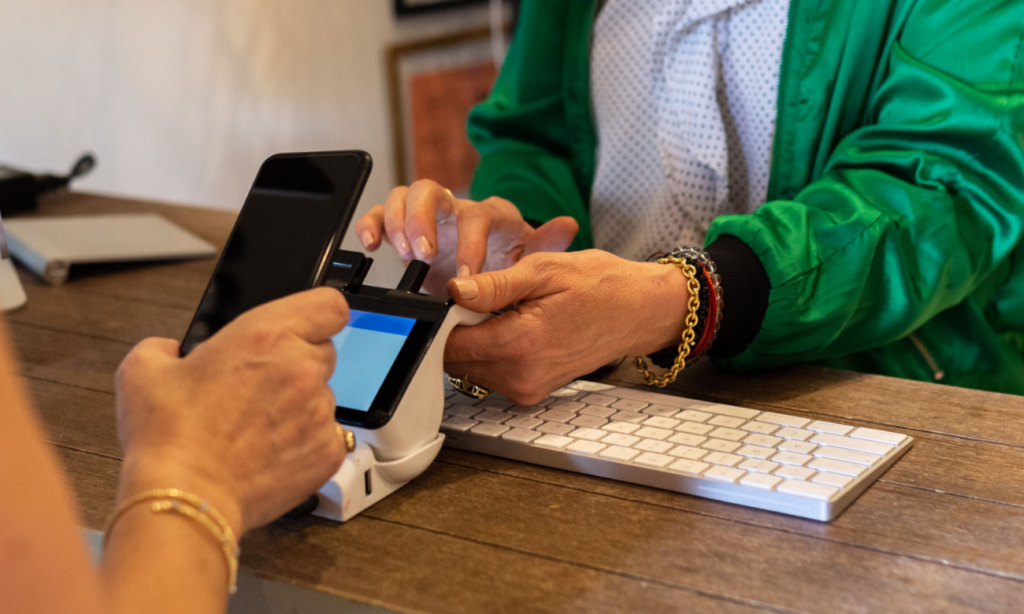Small Payment Agency Supercharge and Revolutionize Your Digital Wallet Top-Ups Instantly

Introduction
Small Payment Agency empowers digital wallet providers to offer seamless top-up experiences by handling micropayments efficiently. When users need to add small credits to their wallets, an agency ensures transactions are processed quickly, securely, and at minimal cost. By integrating an agency into your platform, you meet user demand for convenience while offloading the complexities of small-value payments. In this guide, we’ll explore how a Small Payment Agency transforms wallet top-ups, the benefits it delivers, and best practices for implementation.
Benefits of a Small Payment Agency
Partnering with a Small Payment Agency delivers multiple advantages for digital wallet operators. First, transaction costs are reduced through aggregated processing of micropayments. Second, user satisfaction rises thanks to instant top-up confirmations, eliminating network delays. Third, you gain access to analytics on spending patterns and peak usage times, enabling data-driven marketing. Finally, leveraging an agency frees your development team to focus on core features rather than payment plumbing. Overall, integrating a Small Payment Agency translates into better margins and happier customers.
Technology Integration and APIs
Modern Small Payment Agency platforms offer robust API suites, making integration straightforward. RESTful endpoints allow your digital wallet to initiate top-ups, check transaction statuses, and retrieve reconciliation reports. SDKs for iOS and Android enable in-app calls so users enjoy a native experience. Webhooks notify your backend when payments succeed or fail, triggering balance updates in real time. By choosing a an agency with clear documentation and sandbox environments, developers can rapidly deploy and test micropayment flows with minimal friction.
Security and Fraud Prevention

Security is paramount when dealing with money, even in small amounts. A reputable agency employs encryption, tokenization, and PCI DSS compliance to safeguard cardholder data. Advanced fraud-detection algorithms flag suspicious top-ups, while behavioral analytics monitor abnormal spending. Providers must also guard against scenarios like Illegal cashing of small payments by validating user identities and payment sources. With these measures, minimizes risk while maintaining high approval rates, ensuring both users and operators are protected.
User Experience and UI Considerations
A seamless user interface is critical for wallet top-ups. Embed clear buttons or menu options labeled “Top Up Wallet” that invoke flow. Provide preset amounts alongside a custom-amount field, keeping the process intuitive. Display real-time feedback such as transaction pending, success, or failure messages sourced directly. Including visual cues like progress spinners reassures users during network calls. By optimizing UI around the its capabilities, you reduce drop-off and increase completed top-up rates.
Regulatory Compliance and Reporting
Operating in multiple jurisdictions requires adherence to payment regulations and anti-money-laundering rules. A competent Small Payment Agency maintains up-to-date licensing, KYC/AML screening, and transaction monitoring. They generate audit-ready reports covering all micropayment activities, simplifying compliance for your digital wallet. Customizable reporting dashboards let finance teams download CSVs or PDFs for internal reviews or regulator submissions. By offloading compliance to a trusted Small Payment Agency, you ensure legal peace of mind while focusing on user growth.
Core Use Cases for Wallet Top-ups
Digital wallets are used across many verticals ride-hailing, gaming, micro-donations, and vending machines, to name a few. In each scenario, a Small Payment Agency facilitates quick funding of small balances, enabling frictionless service use. For ride-hail apps, riders can top up credit on the go; gamers can purchase in-game currency without entering full card details; and charity platforms can collect penny-level donations efficiently. In all these use cases, the Small Payment Agency acts as the payment backbone, driving user engagement and revenue.
Pricing Models Offered by Agencies
Small Payment Agency providers typically offer tiered pricing structures. Transaction fees might be a small fixed amount per top-up plus a percentage of the value, or a flat monthly fee for unlimited micropayments. Some agencies provide volume discounts once your aggregated top-ups exceed thresholds. When evaluating partners, compare effective cost per transaction at your expected volume. Transparent dashboards that track spend against pricing plans help ensure that your collaboration with a Small Payment Agency remains cost-effective as you scale.
Partner Networks and Ecosystem
Top Small Payment Agency platforms maintain ecosystems of banking, telecom, and e-wallet partners. This network enables local payment methods mobile carrier billing, prepaid cards, and local e-wallets beyond standard credit/debit cards. By plugging into a Small Payment Agency’s partner network, you broaden payment options for end users, boosting adoption in different regions. Co-marketing opportunities with these partners can also drive user acquisition, as new subscribers discover your digital wallet through carrier or bank promotions tied to the Small Payment Agency.
Scaling and Performance Considerations
As transaction volumes grow, performance and uptime become critical. Leading Small Payment Agency providers guarantee high availability through redundant data centers and load–balanced APIs. They support burst traffic during peak hours such as lunch breaks for food-delivery apps without degrading service. Monitoring tools and SLAs give visibility into API latency, error rates, and throughput. By choosing a Small Payment Agency built for scale, you ensure that your wallet top-up feature remains reliable even as user demand surges.
Implementation Roadmap
Adopting a Small Payment Agency involves several key steps:
- Requirements Gathering: Define transaction volume, supported payment methods, and compliance needs.
- API Integration: Implement test calls to the Small Payment Agency’s sandbox environment.
- UI/UX Design: Embed top-up flows in your wallet app, guided by agency sample code.
- Testing: Conduct end-to-end tests covering success, failure, and edge cases.
- Security Review: Verify encryption and tokenization handling.
- Go-Live: Switch to production APIs and monitor initial transactions.
- Optimization: Analyze metrics and refine UI or retry logic based on Small Payment Agency reports.
Following this roadmap ensures a smooth rollout and maximizes the benefits of a Small Payment Agency integration.
Common Pitfalls and Solutions
Even with a robust Small Payment Agency, challenges can arise. Common issues include mismatched currency settings, webhook timeouts, and unexpected declines from fraud filters. To mitigate these, maintain open communication with the agency’s support team, use idempotent API calls to handle retries gracefully, and configure detailed logging to diagnose failures. Regularly review transaction dashboards to spot anomalies early. By proactively addressing these pitfalls, you keep your top-up feature resilient and trustworthy.
Future Trends in Micropayments
The landscape for Small Payment Agency services continues to evolve. Emerging trends include blockchain-based micropayment channels, AI-driven fraud detection, and deeper wallet-bank integrations for instant settlements. As digital wallets expand into new verticals like IoT and smart cities, demand for seamless Small Payment Agency solutions will grow. Staying informed about these trends positions your platform to adopt next-generation capabilities and maintain a competitive edge.
Conclusion
Integrating a Small Payment Agency for digital wallet top-ups streamlines micropayment handling, enhances security, and accelerates user growth. From API integration and UI design to compliance and scaling, a Small Payment Agency provides end-to-end support that keeps your wallet feature robust and user-friendly. By following best practices and leveraging agency expertise, you can offer instant, reliable top-ups that delight customers and drive revenue.